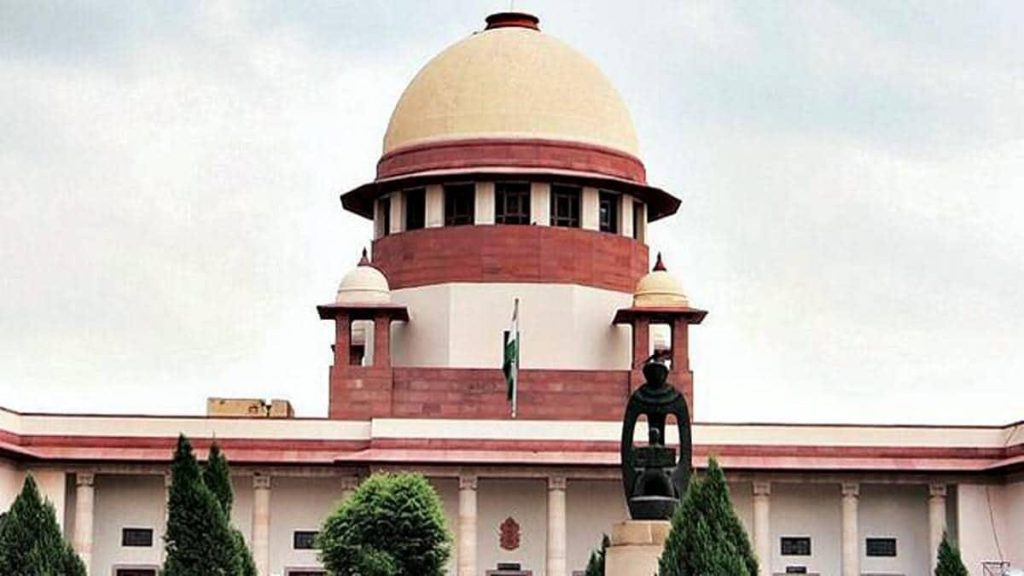The Supreme Court’s ruling that unmarried women have the same right to abortion access as married women in the event of a medical emergency. This action is required to rectify a discrepancy between the law as written and as it is actually being applied.

This ruling, which has been praised by feminists and medical professionals all over the world, marks a turning point in India’s progress toward gender equality and the advancement of women’s health.
The Supreme Court held that there is no basis to exclude single or unmarried women from the categories of women who can seek abortion treatment after 20 weeks, but before 24 weeks, based on the equality provision of the Constitution and women’s rights to dignity, privacy, and bodily autonomy.
This Supreme Court ruling will go a long way toward helping save countless lives, and it also preserves a woman’s exclusive right to her own body and to make decisions regarding it. Unsafe abortions are the third greatest cause of maternal death in India, with up to eight women losing their lives due to complications arising from abortion every day, according to the State of the World Population Report 2022 published by the United Nations Population Fund (UNFPA).
Sixty-seven per cent of abortions in India were deemed unsafe between 2007 and 2011, according to the same survey. In what ways is it hazardous to proceed? Because legal restrictions on terminations can serve as a deterrent but cannot eliminate the practice altogether. Laws that were not well thought out encouraging abortions to be performed illegally, in risky methods, and in substandard environments, where more and more women were injured or killed.

It is only fair that all women have access to safe and legal abortion, and this decision, which also allows abortions for unmarried women during the extended upper limit of 24 weeks, gives rule 3B a purposeful interpretation, “Change in marital status,” with the rationale of “a possible change in the woman’s material circumstances” impacting her earlier decision of continuing with the pregnancy.
The decision’s significance lies in the fact that it not only maintains our Constitution but also finds reinforcement in international human right legislation, which places a premium on the agency of women and girls in matters pertaining to their own bodies. This choice provides women with a buffer against the bias, coercion, and violence that have historically come their way at the hands of the male-dominated culture in which they live.
While sexual and reproductive health and rights are under attack worldwide, a major judgement has been made that firmly restores a pregnant person’s autonomy over the body and recognises marital rape in terms of access to abortion treatment. It improves women’s body freedom and their ability to exercise their sexual and reproductive rights.
This forward-thinking decision is a beacon of light for the generations to come and a constant reminder that the United States will keep working to right past wrongs and bring about a future where people of all genders are treated equally. And most crucially, it validates the MTP Act and the right to abortion treatment for victims of marital rape.
This case might pave the way for legislation guaranteeing the autonomy of women of childbearing age to make decisions about their reproductive health without requiring permission from a male guardian. Instead of establishing hard limits on what doctors can and cannot do when conducting abortions, there has to be a major rethinking of public policy that centres on women and their reproductive rights.

